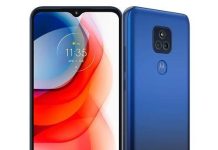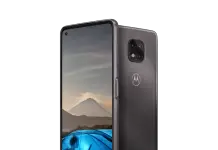Frequent Smartphone users are more likely to have an enlarged median nerve and have their hand function and pinch strength impaired, says a new study.
“The exact clinical relevance of the study findings is not known. Future studies are warranted to address the clinical relevance of median nerve enlargement in high smartphone users,” lead author Esra Erkol Inal from Suleyman Demirel University, Turkey, was quoted as saying.
A hand-held smartphone compels the user to engage in repetitive flexion/extension of the wrist and use their thumb to text, movements involved in the ratio-pathophysiology of CTS, the researchers said. Research suggests that students now typically spend more than three hours a day texting, emailing, scheduling, and browsing the internet on their mobile phones.
“It has been reported that smartphone addiction has many features of addiction, such as tolerance, withdrawal symptoms, preoccupation, mood dysregulation, craving, and loss of control,” she said. Researchers divided participants into three groups according to their smartphone use: nonusers, low users, and high users.
Students in the study with a SAS score of 84 (the median score) or greater were considered high users, and those with a score under 84 were considered low users.
They based this use according to the Smartphone Addiction Scale (SAS). There are no official diagnostic criteria for smartphone addiction. Still, based on Internet addiction, it’s defined as the overuse of smartphones to the extent that it disturbs the users’ daily lives, Inal said.
Researchers carried out several functional evaluations. The researchers found that the median nerve ratios were significantly higher in participants with high smartphone use than nonusers.
Ultrasonography also showed the enlargement of the FPL tendon in all groups, but most markedly in high smartphone users. This suggests overuse, said Inal.
“Clinicians should be careful about the median nerve and the flexor tendon when examining the hand of someone who is a frequent smartphone user,” she said. The study also showed that SAS scores correlated with pinch strength. Pain in the thumb rose with an increase in the SAS score.
It might be possible to prevent the repetitive flexion/extension of the wrist and lessen the median nerve’s enlargement by using a smartphone with two hands instead of one. Putting the keys at the top of the smartphone may also lessen these risks.
“But we think that duration of daily smartphone use is the most important factor affecting the median nerve, pinch strength, and hand function,” Inal said.
The users must minimize it.



